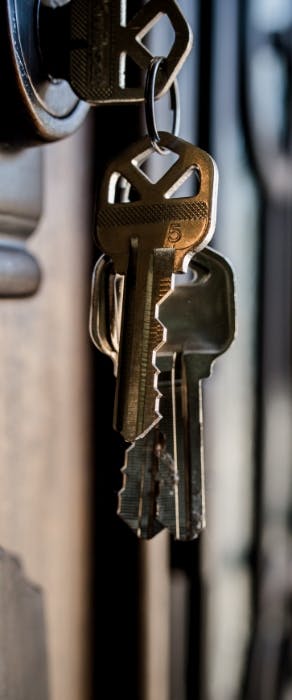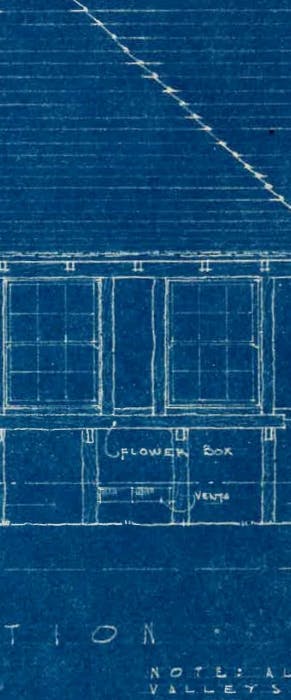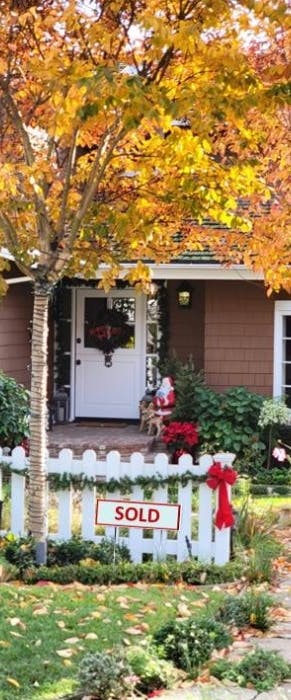Hours: M-W-Th-F 9:00am-10:00am (Walk-ins) and 10:00am-4:00pm (By Appt) | Closed Tuesdays
Situated in Los Angeles County, just 26 miles southwest of L.A., our beloved community, encompassing Palos Verdes Estates and Miraleste, is a paradise on the peninsula like none other, encapsulating a proud and vibrant history with unique architectural character that we seek to preserve for generations to come.
The Palos Verdes Homes Association and the Art Jury are here to provide professional expertise that will assist and guide prospective or current homeowners and professionals in the building & design community in making improvements to a residence or commercial property.
We are your neighbors. We are your friends. We are dedicated and passionate community members who take great care to uphold our shared ideals, provide resources, and maintain the architectural integrity of the Palos Verdes Estates and Miraleste communities.
To ensure that the architectural integrity and building aesthetic in Palos Verdes Estates and Miraleste is upheld to the highest standard, while enhancing the wonderful natural beauty of the property, as laid out by our founders. Homeowners can feel secure knowing that the character and value of their neighborhood and community will remain intact.
Whether you’re searching for applications, guidelines, checklists, or just want to understand approval processes, easily access and download the information and resources you need.
Not yet registered? It’s quick and easy. Get Started.


